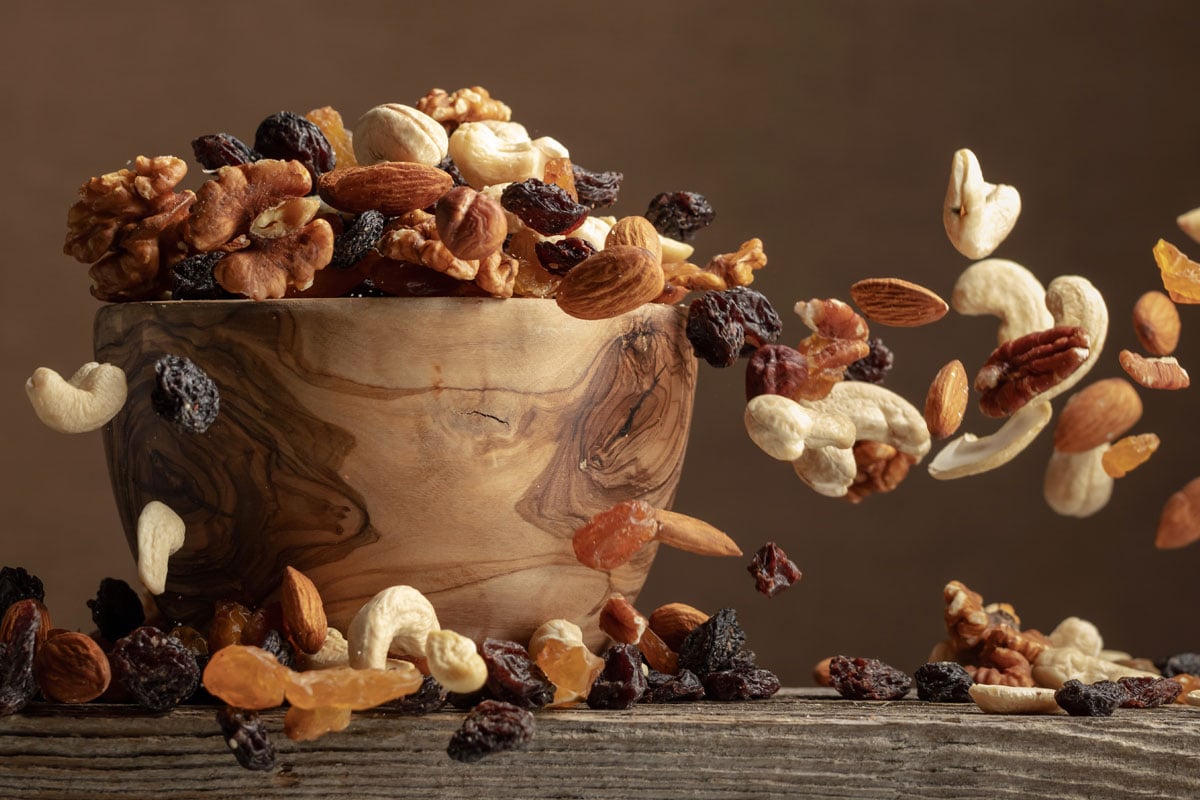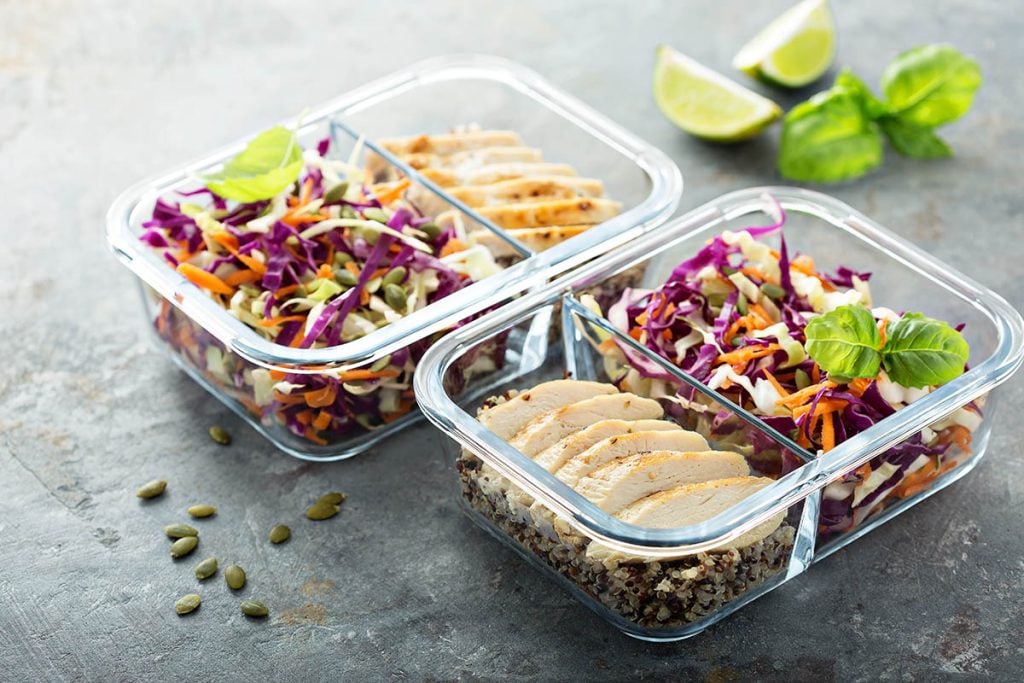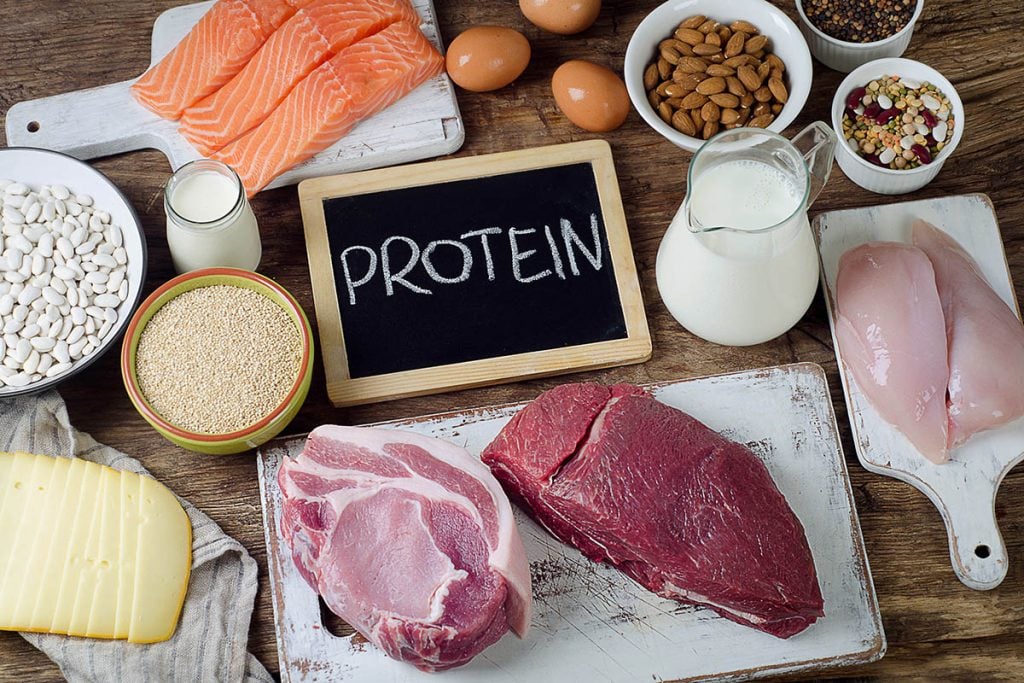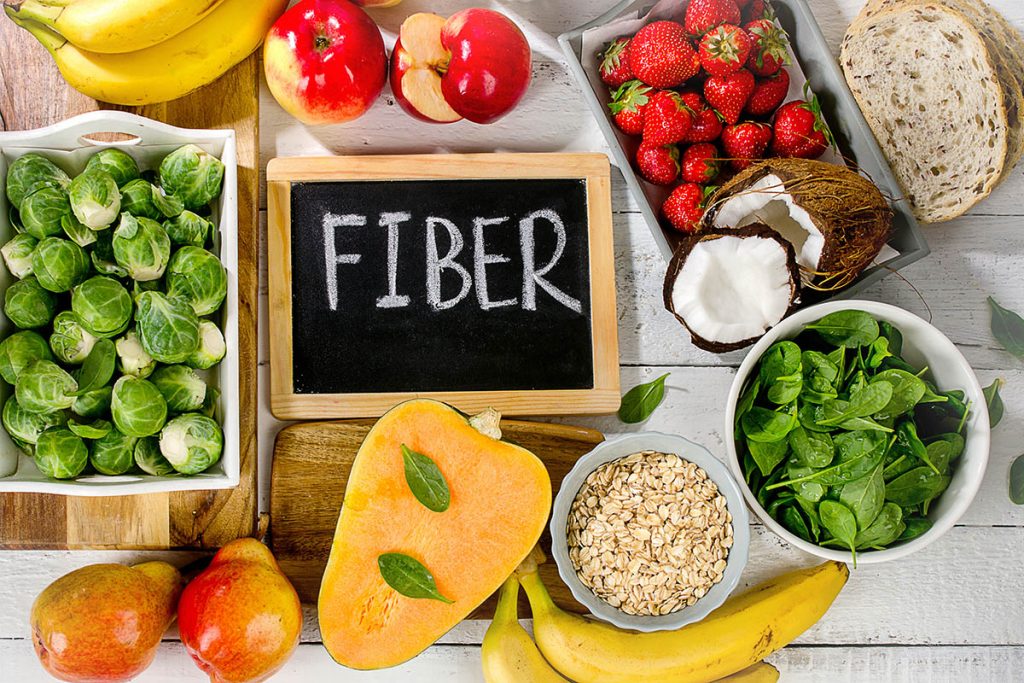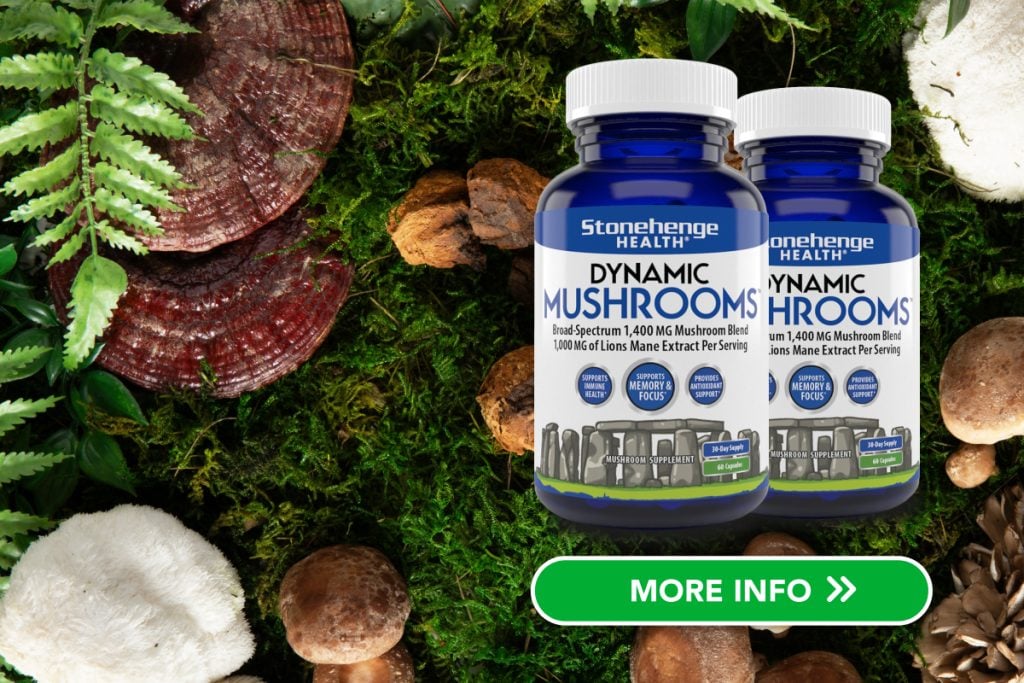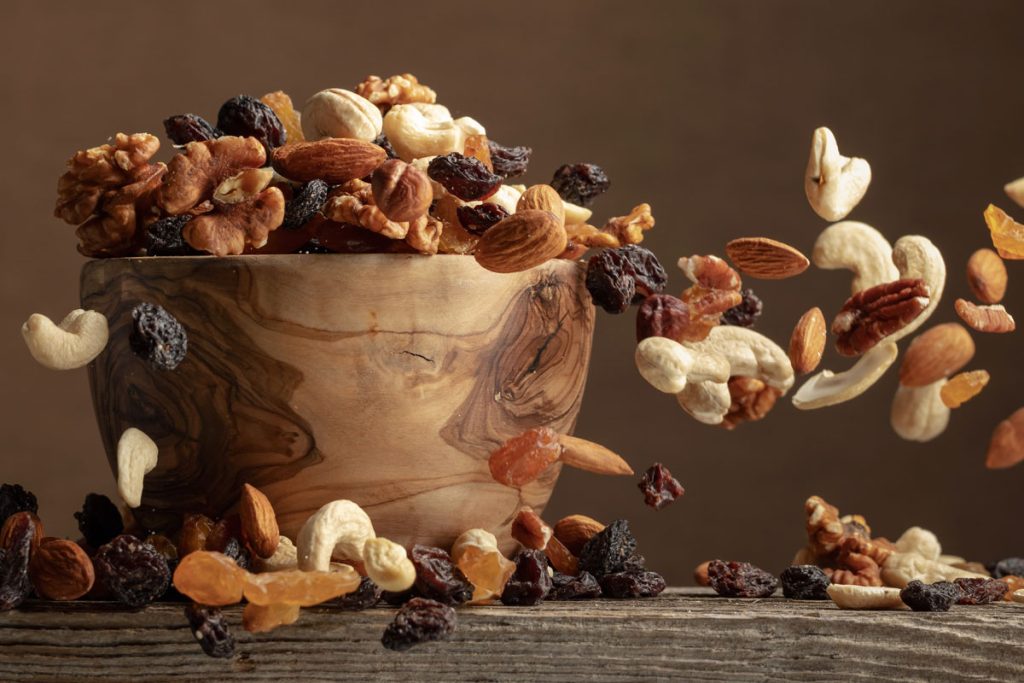
Navigating the snack aisle with type 2 diabetes? With dietary restrictions in place, it might seem like you’re missing out on all the fun and flavors.
But let’s turn the tide on this view. Beyond those sugar-laden, carb-rich snacks that don’t do any favors for your health, lies an exciting realm of taste possibilities.
Understanding the Challenge of Snacking with Type 2 Diabetes

Type 2 diabetes is a metabolic disorder characterized by high blood sugar levels due to insulin resistance. Snacks high in simple sugars and carbohydrates can lead to significant fluctuations in blood sugar levels.
Therefore, it is essential for those with diabetes to choose snacks that are low in these elements and rich in nutrients like fiber, protein, and healthy fats. These components help in slowing the absorption of sugar into the bloodstream, aiding in maintaining stable blood sugar levels.
Nuts and Seeds: A Smart Snacking Option
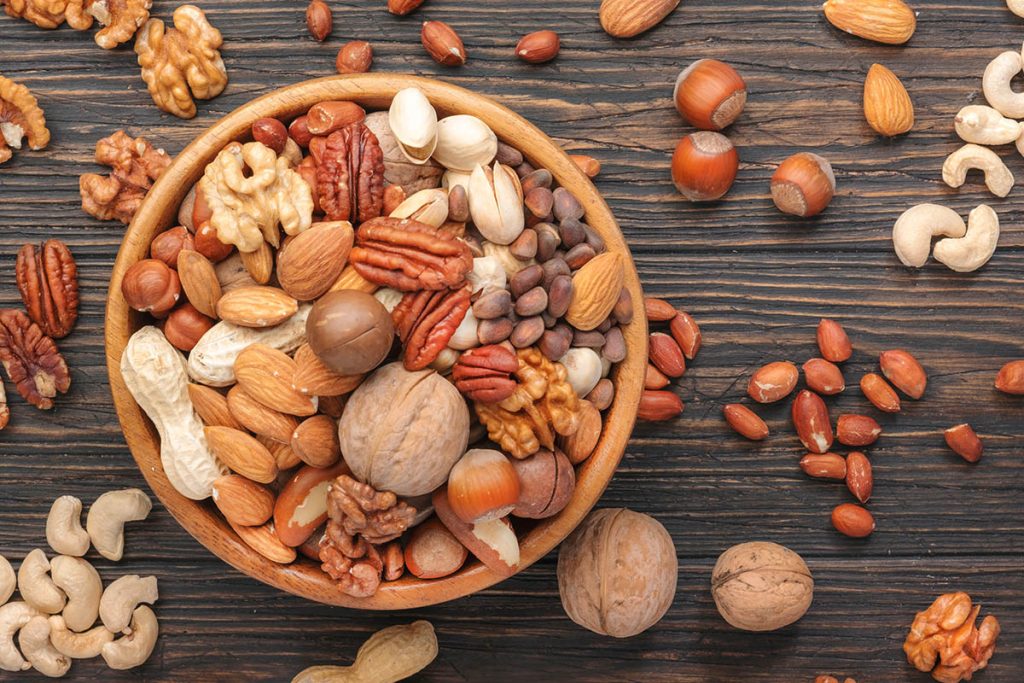
Nuts and seeds stand out as excellent choices for people with type 2 diabetes. They are laden with fiber, protein, and healthy fats, and have a minimal impact on blood sugar levels due to their low glycemic index.
Almonds, walnuts, pistachios, chia seeds, and flaxseeds are not only nutrient-dense but also help in appetite control and prolonging fullness. A modest portion of mixed nuts or seeds can be both satisfying and beneficial.
Fresh Fruit Paired with Protein

Fruits, despite containing natural sugars, can be part of a diabetic-friendly snack strategy when consumed sensibly and paired with a protein source. Berries like strawberries, blueberries, and raspberries are excellent choices due to their lower sugar content and high fiber.
When fruits are paired with a protein source such as Greek yogurt or a small amount of cheese, it helps balance the snack, providing essential nutrients and keeping blood sugar levels steady. Apple slices with a dab of peanut butter, for instance, offer a delightful mix of sweet, fiber, and protein.
Veggies and Hummus: A Fibrous Combination
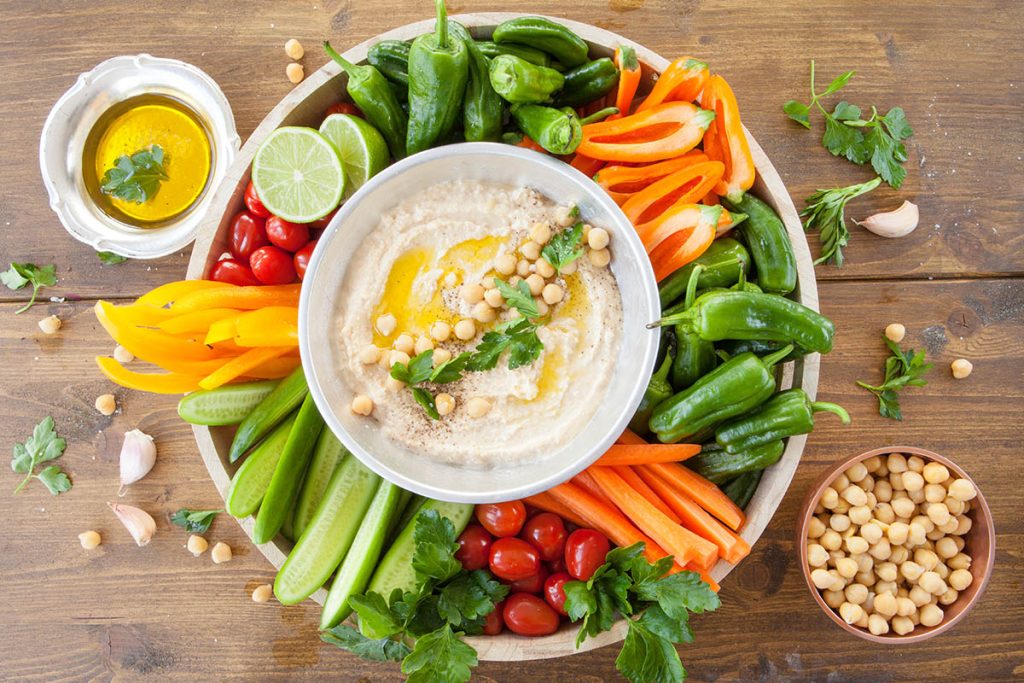
Vegetables are an ideal snack for those with type 2 diabetes, thanks to their high fiber content and low carbohydrate levels. Snacking on carrot sticks, cucumber, bell peppers, or cherry tomatoes with hummus (a chickpea-based spread rich in protein and fiber) is not only satisfying but also provides essential nutrients with minimal impact on blood sugar levels.
Whole Grains for Balanced Energy
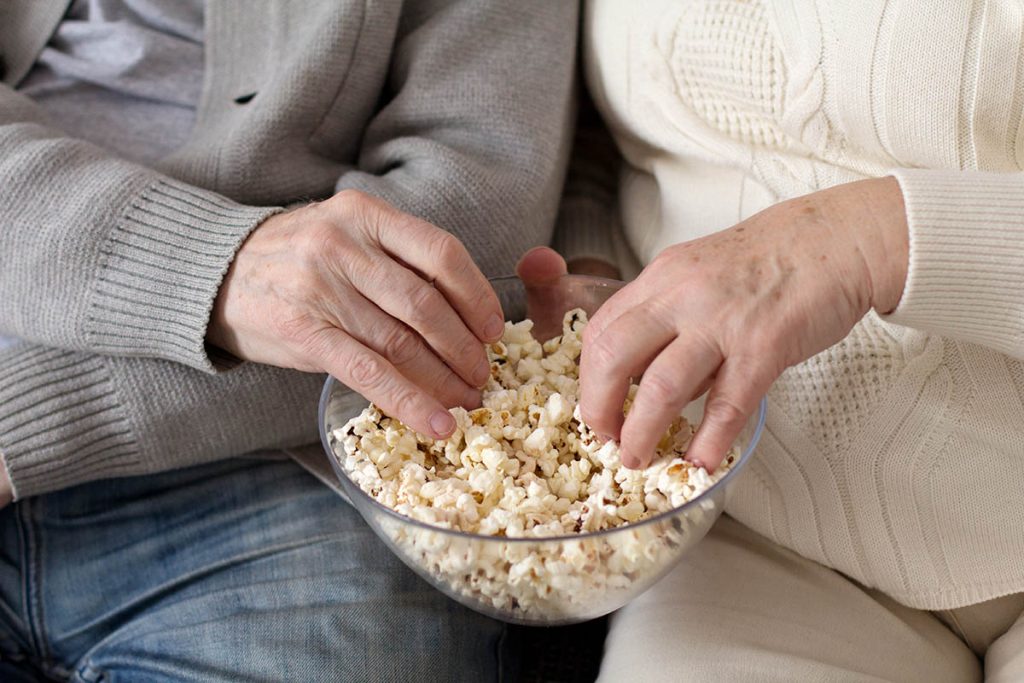
Whole grain snacks are a great option for sustained energy without the blood sugar spike. Foods like whole-grain crackers, air-popped popcorn, and oatmeal are rich in fiber, aiding in the slow absorption of glucose. Pairing these with a protein source, such as a bit of cheese or a hard-boiled egg, can result in a balanced and fulfilling snack.
Greek Yogurt: A Creamy, Protein-Packed Snack

Greek yogurt, especially the plain, unsweetened variety, is a fantastic snack for those managing diabetes. It is higher in protein and lower in carbohydrates than regular yogurt, making it an excellent choice. Adding a few nuts or a small portion of berries can enhance its flavor while keeping it suitable for diabetes management.
Cheese: A Convenient, Low-Carb Option

Cheese is a convenient snack for people with type 2 diabetes. It’s low in carbohydrates and high in protein, making it a good choice for maintaining stable blood sugar levels. Small servings of cheese, such as string cheese or slices of cheddar, can be a satisfying snack on their own or paired with whole-grain crackers or a small serving of fruit.
Cottage Cheese and Fruit: A Balanced Snack
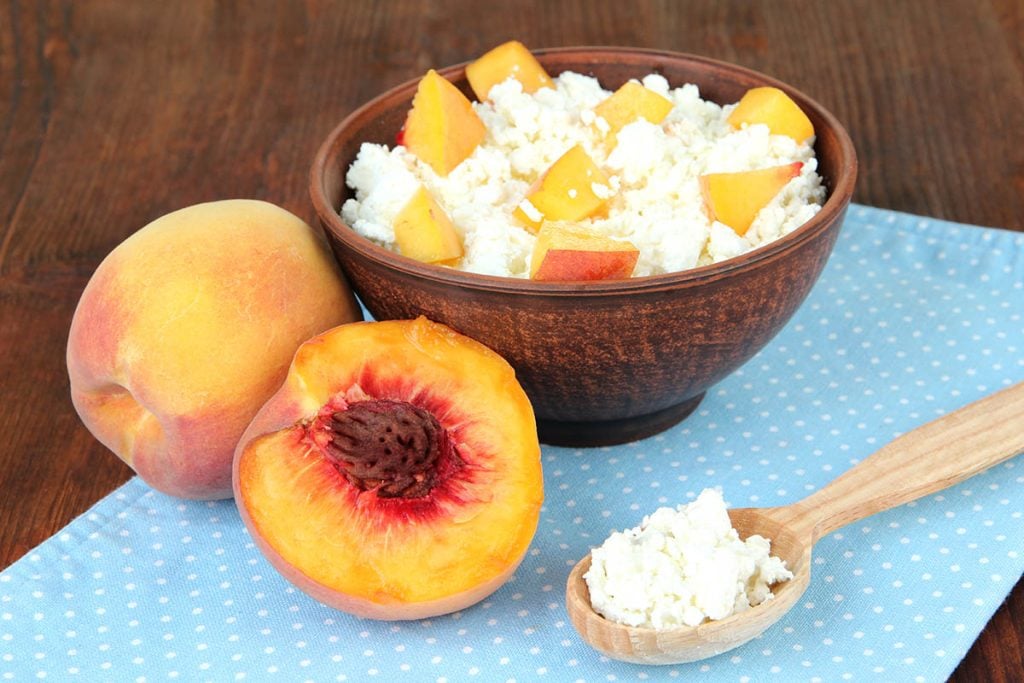
Cottage cheese is another excellent snack choice, high in protein and pairable with fruits like peaches or pears for a nutritious and satisfying snack. The combination of protein in the cottage cheese and the fiber in the fruit helps to stabilize blood sugar levels.
By focusing on snacks that are low in simple carbohydrates and sugars, and rich in fiber, protein, and healthy fats, you can enjoy snacking without worrying so much about your blood sugar levels. Nuts, seeds, fruit and protein pairings, vegetables with hummus, whole grains, Greek yogurt, and cheese provide not only nutritional benefits but also the joy of indulging in a delicious snack.
Spotlight on Nerve Health
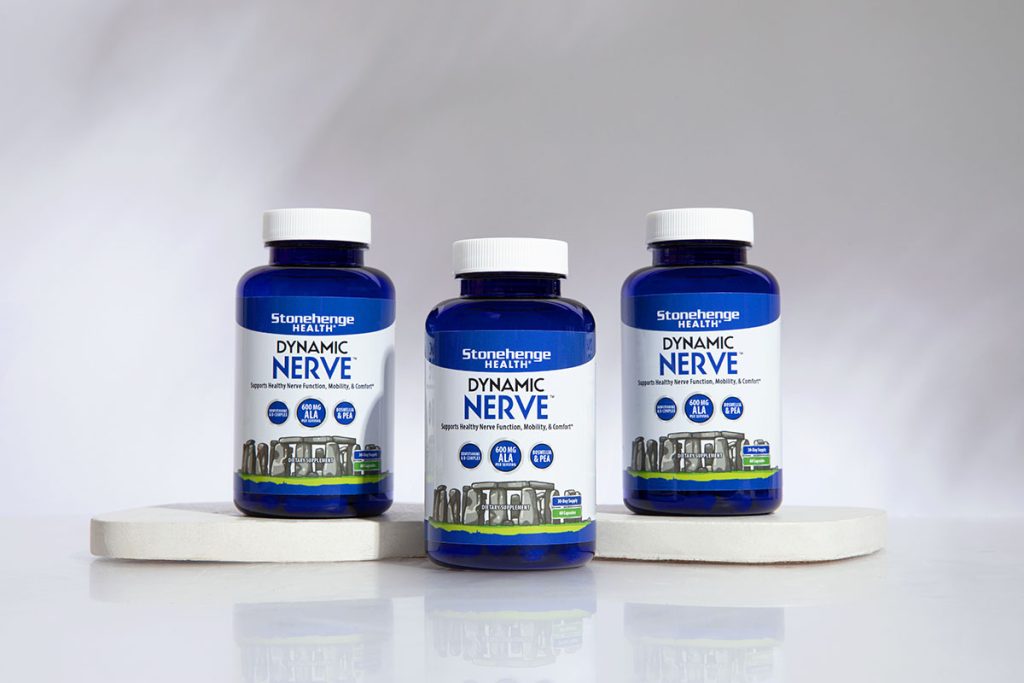
If you’ve been having uncomfortable feelings like numbness, stinging or burning in your hands and feet – sensations that are disturbing your sleep and affecting your daily enjoyment of life – it’s a strong indication that you need to prioritize taking care of your nerve health.
When supporting your nerve health, consider taking a supplement like Stonehenge Health Dynamic Nerve. This remarkable formula addresses nerve discomfort and provides nutrients your nerves need for optimal functioning. *
Moreover, this supplement contains 600mg of Alpha Lipoic Acid and a high-dose Vitamin B complex. This complex includes Benfotiamine and Methylcobalamin, ingredients known to aid in the maintenance of healthy nerve cells and the protective myelin sheath.*
“I had resigned myself to enduring constant nerve discomfort. However, everything changed when I tried Dynamic Nerve. The discomfort and burning are much less, and I only occasionally experience numbness and tingling.* Most importantly, I’m getting much better sleep because I’m not bothered by my nerves.*” – Diane, New York
Consider trying Dynamic Nerve and discover the support it can bring to your nerve health.*



